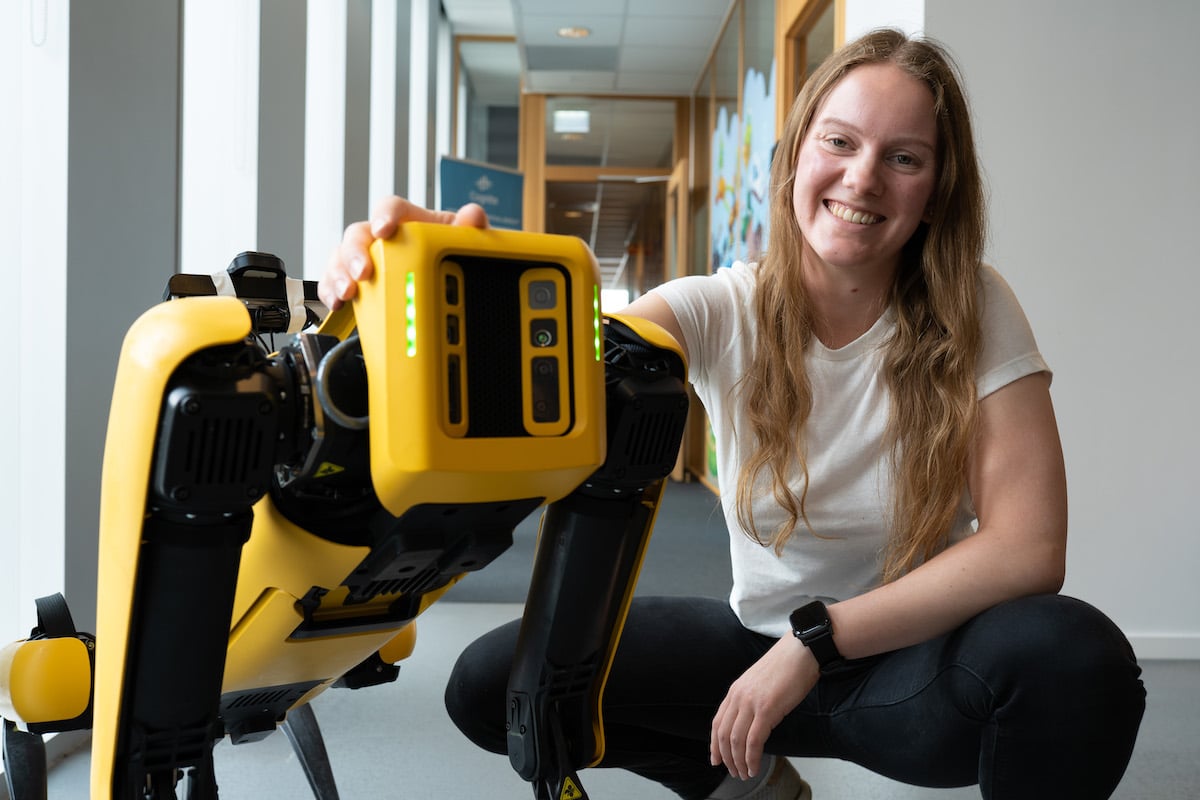
Elise Sendstad, Cognite SVP, People & Organization, on how to nurture teams of talent best positioned to transform asset heavy industry:
I have long held the principle in my career as an HR professional that talent attracts talent. Once you are able to build an environment within a company that nurtures this talent, gives its people a sense of purpose, and an awareness that what they are doing is part of a bigger picture, then recruiting future talent becomes almost a self-serving prophecy. You have built an organization that the best of the best will want to join.
While the big tech companies were first-movers, today we see that digitalization is transforming nearly every industry, from power and utilities, to energy and manufacturing. The legacy industries are undergoing incredible transformations, which has resulted in an ever-more urgent need for programmers, IT experts, engineers, data scientists, and domain experts. But the reality is that these industries struggle to attract a generation of talent that is characterized as the most socially and environmentally aware generation of the past 50 years. It’s a generation that very rightly is set on changing the world.
To that end I say, that is exactly why we must succeed at recruiting these critical talents into legacy industries. We need people who are motivated to make an impact, dedicated to solving the big problems. These are industries that are primed for transformation; they just need the right talent to make it a reality.
During my career in Cognite, I have discovered four key traits a company requires to attract the right talent to drive transformation in legacy industries.

1. Create an environment in which people have the freedom to innovate
Legacy industries face legacy problems, only made clearer by our growing awareness and urgency to improve conditions on our planet. But don’t let that legacy and tradition stand in the way of new ideas and changes within your company. Building a culture around innovation starts with building the right teams of talent. One or two talented people will never be enough. And the right teams need to be given clear objectives, the license to innovate, a healthy amount of trust, psychological safety, and the room to make mistakes. This must happen at all levels, interwoven across the organization, and embraced at the top.

2. Make your team aware of the bigger picture, and don’t shy away from being open about both the positives and negatives of your industry
While the positive impact of what you do is always an opportunity, being open about the negative impact can serve as a challenge for your team. Don’t be afraid to offer the team a “messy” challenge or be blunt with them about what the problem really is and what needs to be solved. People are motivated by the idea of truly making a difference, and by acknowledging where improvements can be made, many may be inspired to find better and smarter solutions to the problems.
3. Understand that diversity isn’t a policy, it’s who you are
Study after study yields the same result. Diversity is essential for corporate success. Diversity needs to be built into who we are as teams and organizations. Diversity brings friction, requiring listening, empathy, curiosity, and openness to come to a shared understanding of our purpose. We live in the time when we recognize that talent springs from all corners of the world, and diversity of background and experience, culture and tradition, education, gender, sexuality, race and religion, create a rich variety of thinking, ideation, solutions, necessary friction. This creates a pretty exciting place to work.
4. Change the way we lead
Leadership is just as key in this transformation as in earlier transformations in history, but today, it is less about controlling the way we work or managing our output, and more about guiding our teams to become the best versions of themselves. Leaders should have their teams’ backs, but also give them air cover when needed. Leadership should be responsible for framing challenges, offering support and guidance, asking the questions to push us forward, and to truly “see” the team and the dynamics at play.
Building a company that is capable of powerful transformation requires active engagement from all parts of the organization, and a commitment to finding sustainable, environmental and impactful solutions. This doesn’t mean expecting the whole organization to move at the same time. It is about betting on pools of potential within the organization to run faster, aim higher. Because no argument is stronger than proven success and value creation from a talented team with clear ambitions. Others will naturally follow.
As I said at the start, talent attracts talent, and problems worth solving attract the right mindsets. I’ll leave you with something that one of our team members, Erlend Vollset, said that inspired me about bringing his digital competence into asset-heavy industries: “The building blocks are there to actually create technology that can change the world, starting with the largest, highest-emissions industries. And the personal impact of technology talents joining in to help industry explore its potential would be incalculable.”